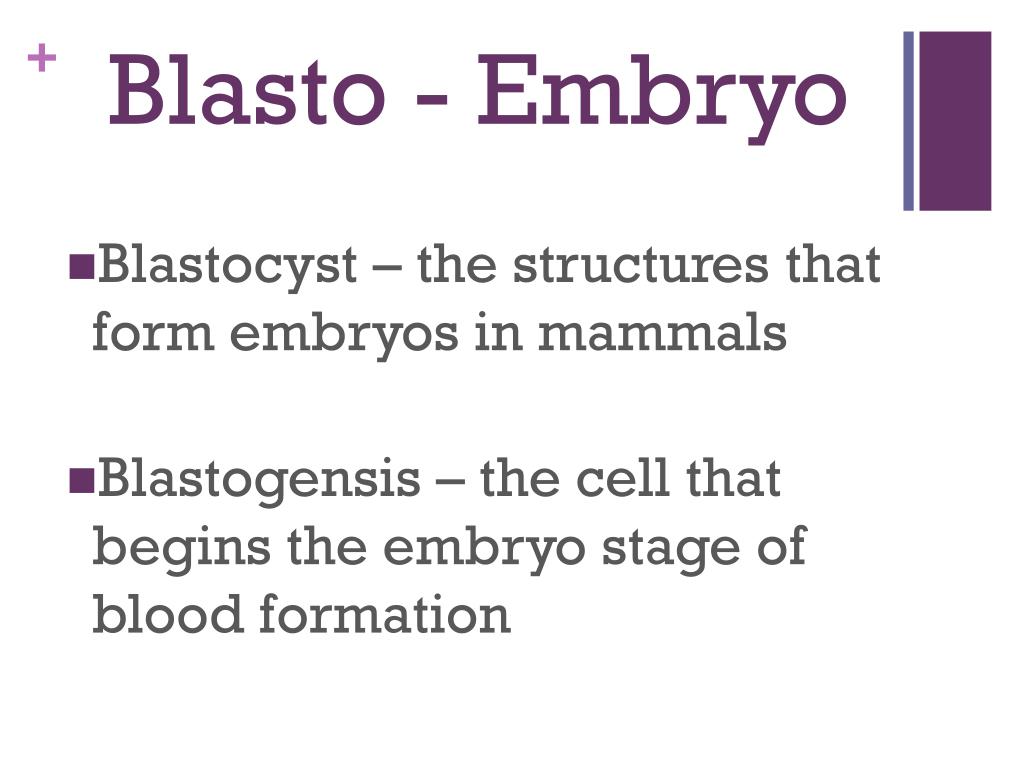
The cell layers created during gastrulation distinguish metazoan animals from protozoan animals. The gastrulation of these different types of blastula will be discussed below. Some blastulas are a hollow ball of cells, some a solid ball of cells, while other types retain yolk as an energy source and form around or on the yolk. The blastulas of different organisms can take many different shapes. This process is known as cleavage, and has different patterns in different organisms. The image below is of an embryo before and after gastrulation.īefore gastrulation, a single-celled zygote must divide many times to form a ball of cells called a blastula.

Gastrulation proceeds differently based on the organism it is taking place in and the type of blastula it starts from. Before gastrulation, these layers are not defined. Between them lies the mesoderm, which will created the connective tissues and musculature in most organisms.
#Formation of blastopore skin#
The ectoderm is the outermost layer, and will create the skin and the nervous system. The endoderm will give rise to the gut and associated organs. These germ layers always give rise to the same types of tissues, even in very different animals. The layers created by gastrulation become germ layers, or special tissues that give rise to specific parts of the organism. Triploblastic organisms account for the majority of higher animals.

Triploblastic organisms contain a third layer, the mesoderm, which is created from one of the first two layers. These include the jellyfish and related animals. Organisms that do not form a third layer are known as diploblastic organisms. Gastrulation typically involves the blastula folding in upon itself or dividing, which creates two layers of cells. Gastrulation is the process during embryonic development that changes the embryo from a blastula with a single layer of cells to a gastrula containing multiple layers of cells.


 0 kommentar(er)
0 kommentar(er)
